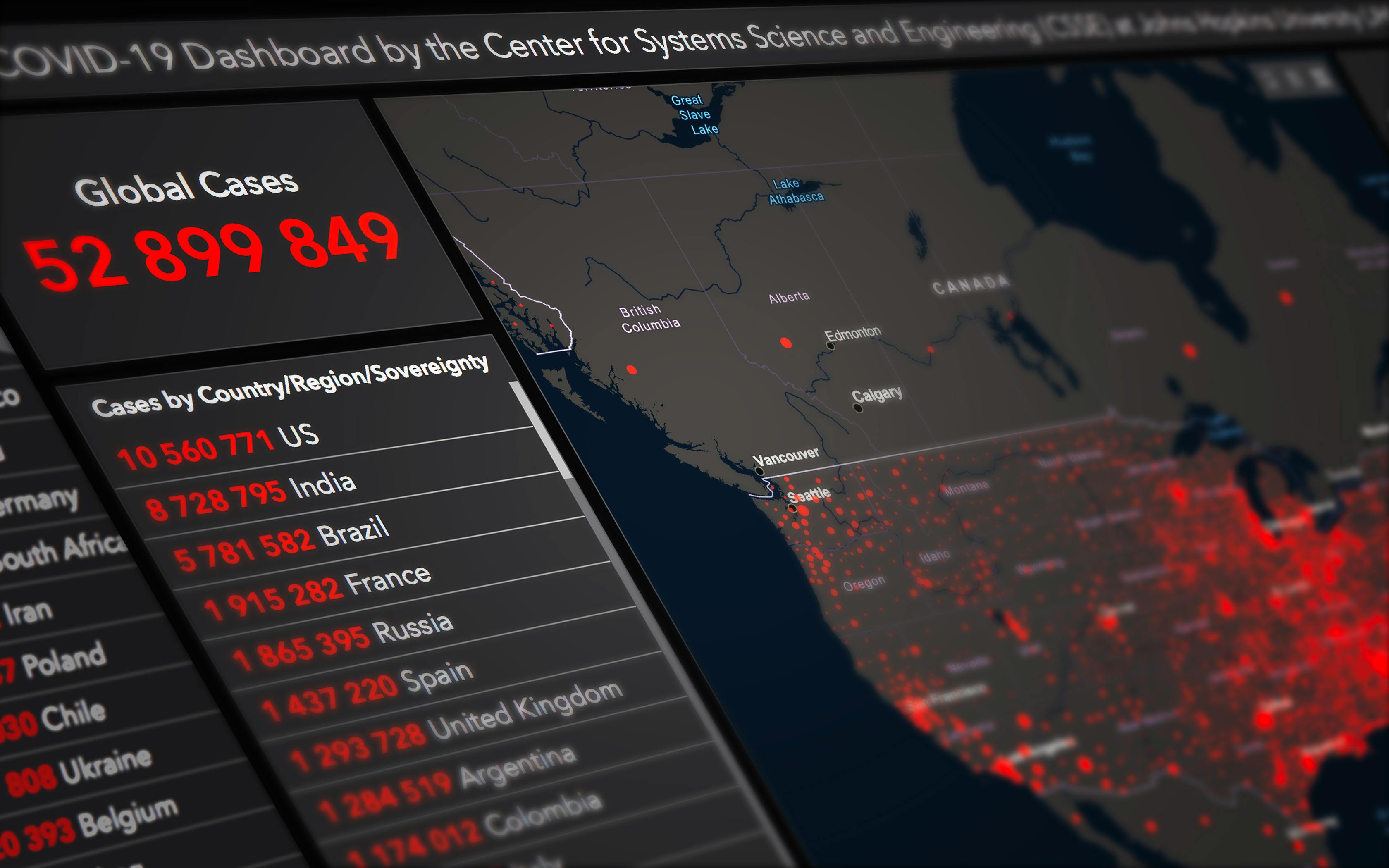Knowing when, where, how many and/or why to put commas in the text can be the most finicky task related to the precise work of writing, editing and proofreading.
There are numerous style guides that can help with this placement; however, most of them agree on some basic common sense concepts.
Rules for the use of commas
1. Use commas before coordinating conjunctions (and, but, for, not, or, so, etc.) that join independent clauses unless they can be easily understood:
• Yes: Mike jumped up and down and put the ball in the hoop.
• No: Susan sings and Sally dances.
2. Use commas to separate words, sentences, and clauses in a sentence:
• Jim ate beans, onions, and tortillas.
• John tore down the old house, drew up new design plans, and built a new house.
• During the holiday season, thousands of people are absent from work.
3. Use commas between coordinating adjectives (adjectives that separately modify the same noun):
• Matt ate the juicy red apple.
• Sarah walked down the long, empty hallway.
4. Use commas to highlight a parenthetical comment (an “aside”) if it is brief and closely related to the rest of the sentence:
• Goblins, for example, are the happiest of the toy maker group.
• Santa Claus, without a doubt, is also a very happy person at this time of the year.
5. Use commas to highlight non-restrictive (non-essential) appositives:
• Yes: Mark Twain, the American author, was famous for his sarcasm.
• No: American author Mark Twain was famous for his sarcasm.
6. Use commas to highlight nonrestrictive clauses beginning with Who, Whom, Whose, Which, and That:
• Yes: Foreigners, who don’t follow our laws, make their own rules.
(As in, no aliens follow our laws.)
• No: Foreigners who don’t follow our laws make their own rules.
(As in, not all aliens make their own rules, only those who don’t follow our laws!)
7. Use commas to highlight nonrestrictive adverbial clauses and phrases:
• Yes: the film takes place in the mountains, where it is usually cold.
(The focus is on the mountains, not the temperature; that’s just an aside.)
• No: The movie takes place in mountainous areas where it is cold.
(The focus is specifically on mountainous areas where it is cold.)
8. Use commas after a long introductory phrase or clause:
• After many years of enduring endless hardship, Mary threw in the towel.
• Even though she ate everything on her plate, she was still hungry.
9. Use commas to highlight alternative or contrasting phrases:
• It is Juan, not Marco, who wanted to go swimming.
10. Use commands on a date whose order is month, day, and year:
• Lady. Clause was born on December 25, 1805 and still lives at the North Pole.
If you still need help with the often confusing commas, you can look to these frequently used style guides for specific help:
• The Chicago Manual of Style
• MLA Handbook for Research Paper Writers
• Publication Manual of the American Psychological Association
• The CSE Handbook for Authors, Publishers and Publishers
One last piece of advice: if in doubt, read it out loud! You can often “hear” where a comma belongs!



